|
Welcome back! Last week I introduced a new series on knee health which included 3 exercises to test your own confidence in your legs/knees during functional movement patterns. I encourage you to try those out - they are great bench-markers to whether you should be including specific exercises to help make them easier This week, we are looking at Women's Health, and I would like to discuss the prevalence of knee injuries (particularly ACL tears) among females. Keep in mind that this is not just for athletes! There are specific training methods and considerations that all females should be mindful of, and beginning at young age! Males alike should also be mindful of this injury mechanism, and how to prevent it. What is the ACL?There are four main ligaments that stabilize the knee. The anterior cruciate ligament (ACL) is responsible for stabilizing rotational movements at the knee that occur during cutting and pivoting activities. The ACL is also a secondary restraint to knee hyperextension. The ACL stabilizes the knee joint in two ways. First, the ligament acts as a passive restraint to excessive movement through its connection to the tibia and femur. Second, the ACL has mechanically sensitive nerve receptors, called proprioceptors, which sense the position of a joint. When a joint starts to exceed its normal range or speed of movement these proprioceptors will send a signal to the brain and spinal cord, which in turn stimulates the appropriate musculature to stabilize the joint. Mechanism of injuryThe incidence of female ACL tears to male is 3.5 times greater in basketball and 2.8 times greater in soccer (sourced here). An ACL injury usually occurs without contact from another player or object. The most common form of non-contact injury is a deceleration injury, like when slowing down from a fast run, or landing from a jump or a big step. Often it is a combination of forces when planting to cut or change directions, and the ACL cannot withstand the force placed on it, so it tears. This causes the knee to buckle or give out. The ACL also can be torn if the knee is forcefully hyperextended This is why EVERYONE should be aware of this, not just athletes - it could be during spontaneous play with the kids, yard work, an awkward step while hiking, or descending stairs. Anatomical and movement landmarks that may increase your risk of ACL injuryBefore going into the following list of risks, I just want to state the obvious, and make clear that these risks are not unique to females! Rather, a combination of these factors as part of the injury mechanism are what is seen most commonly when it comes to ACL tears.
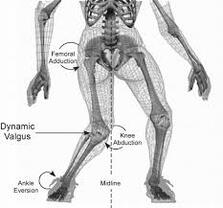
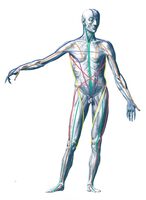 Altered Neuromuscular activation. Gender differences in neuromuscular activation patterns have been reported to contribute, to ACL injury. Compared to males, females have been found to be less effective in stiffening their knee (sourced here). As these studies indicate, this is largely due to less overall muscle strength and endurance, and altered muscle recruitment order, when compared to male counterparts.  Core Stability: An efficient “core” provides for a stable base so the lower extremity can function with an optimal kinetic chain to reduce forces and dynamically stabilize against abnormal forces. If the extremity muscles are strong and the core is weak, not enough force will be created to produce efficient movements. It is these inefficient movements and abnormal agonist/antagonist relationship from an unstable “core” that set the stage for injury (sourced here) . Proven training method in preventing ACL injuryPrevention programs have now been implemented due to a better understanding of females’ increased risk of ACL injury. Neuromuscular and proprioceptive training have focused on improving landing technique to prevent injury, including but not limited to, minimizing knee valgus, improving balance, agility and core strengthening and more hip and knee flexion. Mandelbaum et al. have advocated a “Prevent Injury and Enhance Performance” (PEP) Program that includes three warm-up activities, five trunk and lower extremity stretches, three strengthening exercises, five plyometric activities and three soccer-specific agility drills. Click Here for a video highlighting these specific exercises Multiplanar warmup. Stay low as you perform each exercise. Emphasize loading the hips, knees, and ankles equally.
Activation exercises
Conditioning exercises
More knowledge and weapons for your arsenal as you stay fit, remain functional, and prevent injuries! Take this to the gym (or yard, or driveway, wherever you're training these days!)
Until next time!
0 Comments
Leave a Reply. |
Broad Scope Narrow Focus BlogWelcome to the Broad Scope Narrow Focus Blog! I hope you find a lot of useful and applicable information as we explore the broad world of Wellness together. Check in often, as there will be new posts weekly! Enjoy Archives
September 2021
Categories |
Services |
Hours & Contact InformationHours of Operation: The Facility is staffed Tuesday - Thursday 7a-5p
*Facility is accessible 24 hrs / 7 days a week e . [email protected] p . (616) 787 - 7710 |


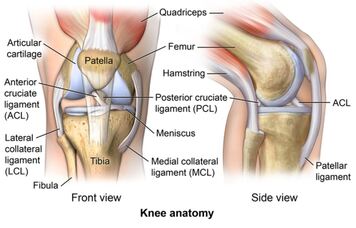
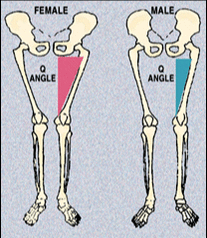
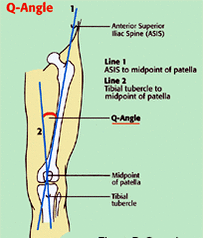
 RSS Feed
RSS Feed